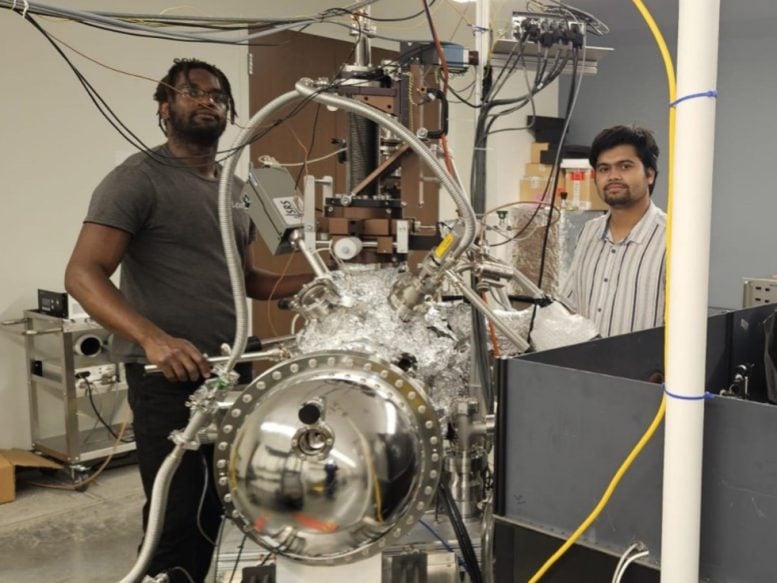Researchers have enhanced solar energy harvesting by developing organic semiconductors that offer a cheaper, more adaptable alternative to silicon. A recent breakthrough reveals these materials can achieve higher efficiencies through a unique mechanism where electrons gain energy, paving the way for more effective solar cells and fuel production technologies.
New research partially explains the exceptional performance of a new class of organic semiconductors called non-fullerene acceptors (NFAs).
Solar energy plays a vital role in the transition to a clean-energy future. Typically, silicon, a common semiconductor found in everyday electronics, is used to harvest solar energy. However, silicon solar panels come with limitations—they are costly and challenging to install on curved surfaces.
Researchers have developed alternative materials for solar-energy harvesting to solve such shortcomings. Among the most promising of these are called “organic”
While organic semiconductors already have been used in the display panel of consumer electronics such as cell phones, TVs, and virtual-reality headsets, they have not been widely used in commercial solar panels yet. One shortcoming of organic solar cells has been their low light-to-electric conversion efficiency, about 12% versus single crystalline silicon solar cells that perform at an efficiency of 25%.
According to Chan, electrons in organic semiconductors typically bind to their positive counterparts known as “holes.” In this way, light absorbed by organic semiconductors often produces electrically neutral quasiparticles known as “excitons.”
Breakthrough with Non-Fullerene Acceptors
But the recent development of a new class of organic semiconductors known as non-fullerene acceptors (NFAs) changed this paradigm. Organic solar cells made with NFAs can reach an efficiency closer to the 20% mark.
Despite their outstanding performance, it’s remained unclear to the scientific community why this new class of NFAs significantly outperforms other organic semiconductors.
In a breakthrough study appearing in Advanced Materials, Chan and his team, including graduate students Kushal Rijal (lead author), Neno Fuller and Fatimah Rudayni from the department of Physics and Astronomy, and in collaboration with Cindy Berrie, professor of chemistry at KU, have discovered a microscopic mechanism that solves in part the outstanding performance achieved by an NFA.

Lead author Kushal Rijal (right) and Neno Fuller (left) performed the TR-TPPE measurement using the ultra-high vacuum photoemission spectroscopy system shown in the picture. Credit: Kushal and Fuller
The key to this discovery was measurements taken by lead author Rijal using an experimental technique dubbed the “time-resolved two SciTechDaily